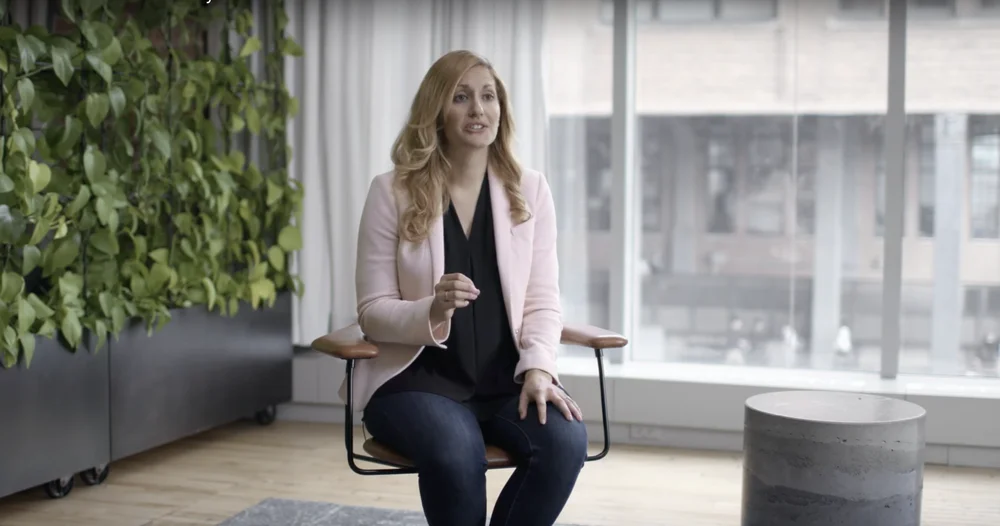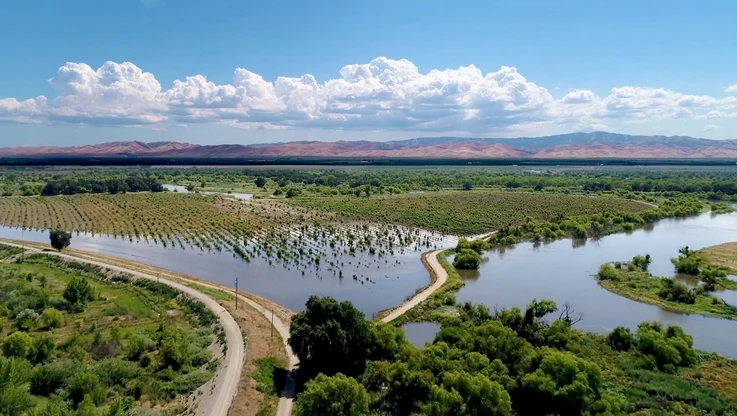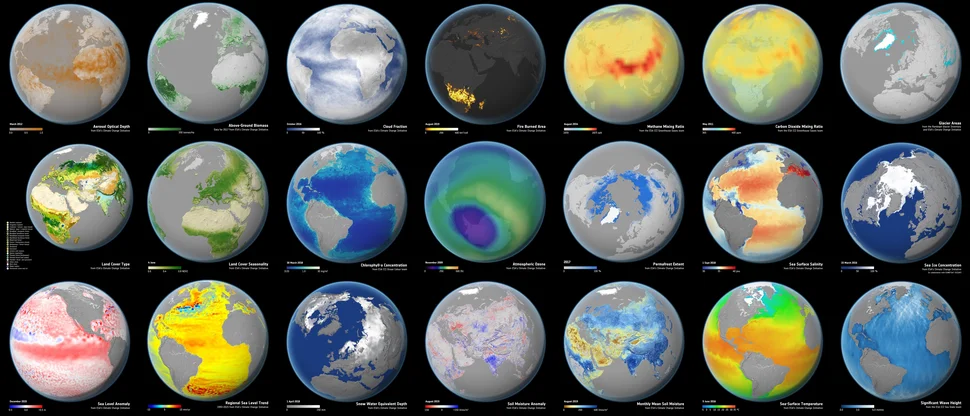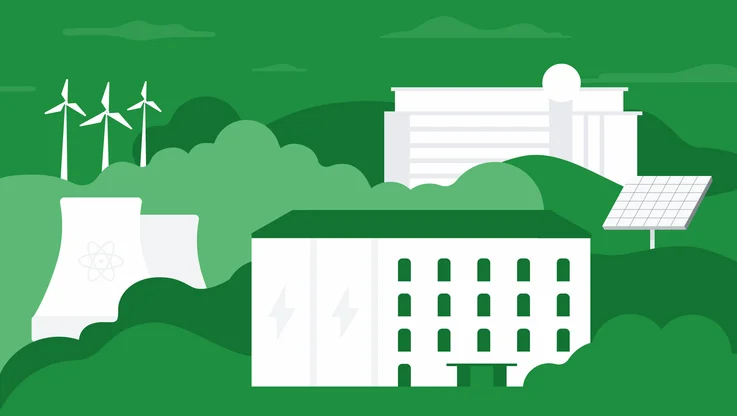Steps toward a more sustainable future
People perform trillions of searches on Google each year, upload hundreds of hours of videos to YouTube each minute, and receive more than 120 billion emails every week. Making all of these Google services work for everyone requires a lot of behind-the-scenes work, like operating a global network of data centers around the clock and manufacturing products for people around the world.
It’s not only our responsibility to build products and services that are fast and reliable for everyone, but also to make sure we do so with minimal impact to our planet. So this Earth Day, we’re taking inventory of the progress we've made when it comes to sustainability and where we plan to do more.
We’ve scaled up our use of renewable energy.
In 2017, we hit a goal that we set five years earlier and matched 100 percent of the electricity consumption of our operations with purchases of renewable energy. This means that for each unit of energy we used that year, we purchased an equivalent unit of energy from a renewable source, such as wind or solar.
When we buy renewable energy, we only do so from projects that are constructed for Google. This helps us bring on new clean energy supply to the grids where we operate our facilities.
Today, a Google data center uses 50 percent less energy than a typical data center, while delivering seven times more computing power than we did five years ago.
We use AI to help safely run our data center cooling systems—already this has resulted in 30 percent energy savings.
We’re weaving circularity into our operations. In our data centers, we use components from old servers to upgrade machines and build remanufactured machines with refurbished parts.
We build products and services that help others become a part of the solution.
To date, Nest Thermostats have helped people save a total of more than 35 billion kilowatt hours of energy—that’s enough energy to power the city of San Francisco for three years.
Researchers and policy makers use our Google Geo platforms to better take care of our planet. Product like Google Earth Engine help people combat overfishing, monitor forest change and protect the freshwater supply.
Businesses that switch from locally hosted solutions to G Suite have reported reductions in IT energy use and carbon emissions up to 85 percent.
Organizations that move IT infrastructure and collaboration applications, like Gmail and Google Docs, from a self managed data center or colocation facility to Google Cloud reduce the net carbon emissions of their computing to zero.
Our sustainability work isn’t over. When we think long term, we’re working toward directly sourcing carbon-free energy for our operations-—24 hours a day, 7 days a week—in all the places we operate. Already, we’re working with governments and utility companies to chart a course toward making a 24x7 carbon-free grid a reality so more companies and people can decrease their carbon footprint. We know that it is the right path forward, and we have just begun.
Along the way we’ll continue to find more ways to protect our planet with our sustainability efforts. Follow along with us in this collection that we’ll be updating all week long in celebration of Earth Day.








